![]()
Electromechanical device for automatic serving in tennis training
The tennis ball machine is a training device that uses double-wheel rotation and extrusion technology to achieve automatic serving, with six fixed landing point modes, deep and shallow looping balls, eight line combinations, cross-line, and random ball modes . Its core technology controls the ball rotation type by the speed difference between the upper and lower spin wheels, supporting 15 levels of ball speed adjustment and a ball delivery frequency of 2-10 seconds per ball. The equipment is generally equipped with an app remote control system and a large-capacity ball loading device. China Tennis Association-certified models can hold 120-150 balls for continuous training. In 2024, the new intelligent model has realized the ability to dynamically adjust the serve angle and speed by capturing the player's real-time position through the camera, supporting two training modes, and forming a supporting system with the same brand automatic tennis ball collector.
Technical principle
The double-wheel relative rotation extrusion technology is used to control the ball rotation type by adjusting the speed difference between the upper and lower spinning wheels: when the two wheels rotate at the same speed, a flat shot is produced; when the upper wheel rotates faster than the lower wheel, a topspin is produced; otherwise, a backspin is produced. The smart model developed in the United States in 2024 uses a camera to capture the player's position in real time, dynamically adjusts the serve angle and has the function of autonomous movement, which can simulate the multi-directional serve scene in a real stadium.
Functional Mode
Includes six basic fixed-point modes (numbers 1-3 for shallow balls requiring you to stand at the baseline, 4-6 for deep balls requiring you to stand one meter behind the baseline) and a deep and shallow cycle combination mode. Advanced functions support:
Eight route combinations and crossover shots
Random Ball Mode (randomly changes parameters every second)
Custom loop (preset 2-20 drop points)
Actual combat simulation (combination of continuous fixed-point reinforcement and random direction change)
Operational parameters
Equipped with a 15-speed ball speed adjustment system (synchronous speed ± key control), the ball output frequency can be set to 2-10 seconds/ball. In manual mode, it supports:
Elevation adjustment (-15° to +45°)
Left and right swing angle cycle (±30°)
High-pressure ball launch (elevation angle greater than 30°) 2024 smart models will add a new function to dynamically adjust the launch angle and speed, and can capture the player's real-time position through the camera.
Application Scenario
Mainly used for individual technical training, typical applications include:
Multi-ball continuous hitting training (with a capacity of 120-150 balls)
Improved forehand and backhand stability
Improve footwork and reaction speed
High-pressure ball and special rotation treatment
Product Development
Early models such as the Jinwang JW-04 (launched in 2014) already have intelligent programming and a double-wheel serving system, priced at 6,900 yuan. The 2023 Siboasi T3 series added a telescopic pull rod and a detachable ball rack, and is used by athletes such as Li Na for daily training. As of December 2024, the latest generation of products will have:
Autonomous mobile chassis (automatic adjustment of position within the field)
AI dynamic parameter matching (automatically adjusts difficulty based on player level)
Multi-device networking (up to five devices can be linked to simulate doubles)
Maintenance requirements
Three calibrations are required before use:
1.
Position calibration: Place it in the midpoint area of the bottom line
2.
Power detection: It is recommended to place the ball machine at the midpoint of the baseline to debug the speed and landing point.
3.
Ball pressure test: Keep the tennis ball air pressure at 55-65PSI. It is recommended to clean the transmission wheel every 2 hours of training, and remove the battery for long-term storage.



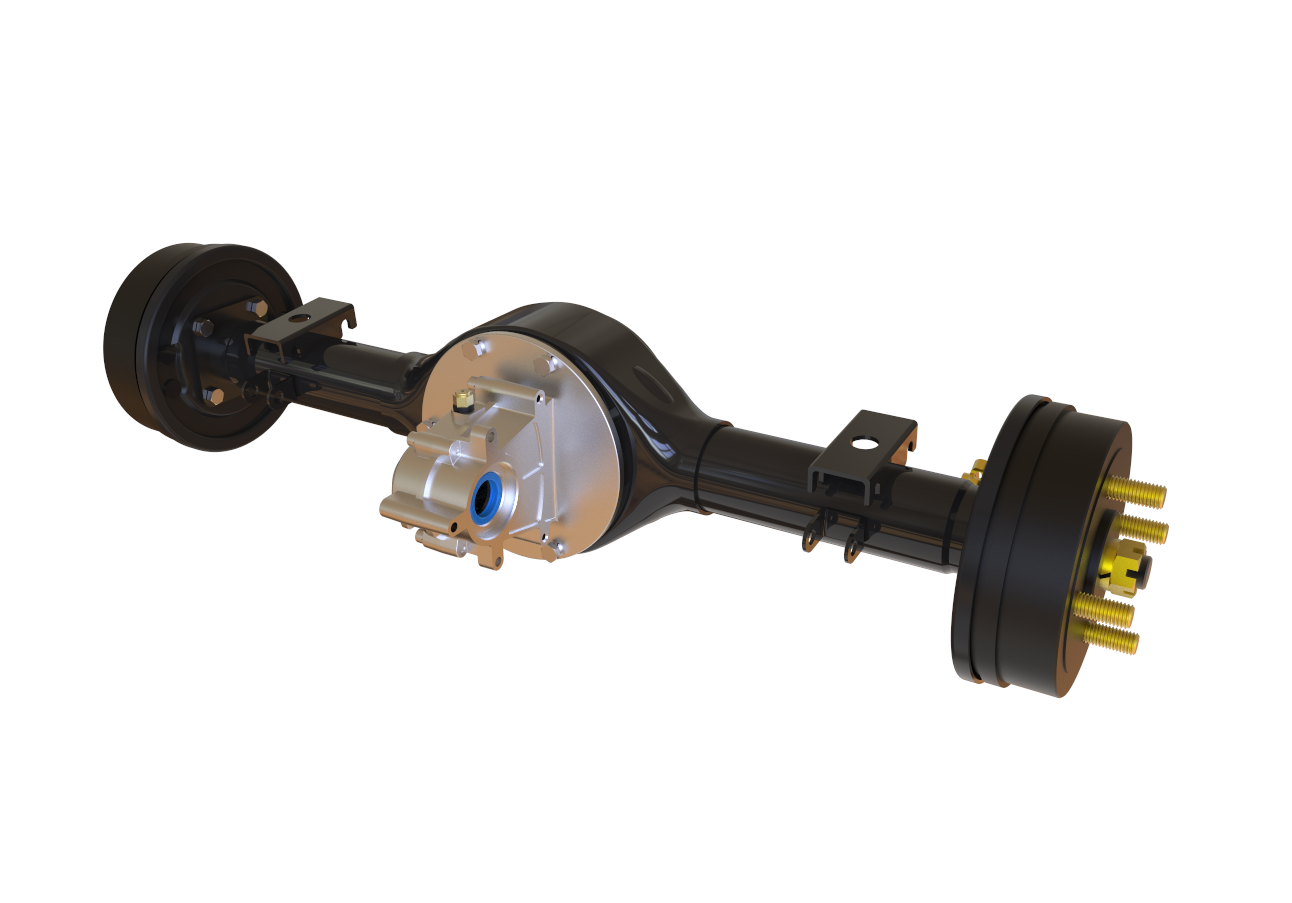
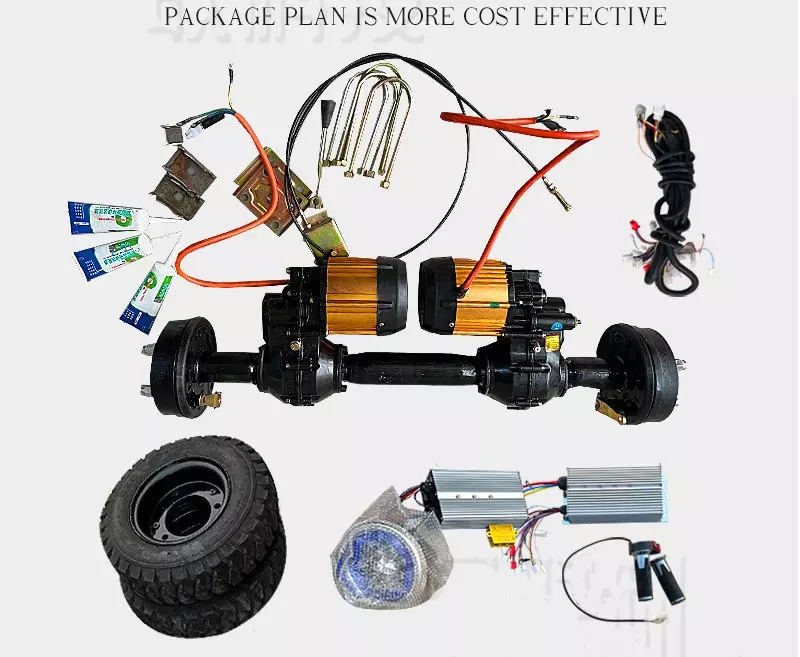

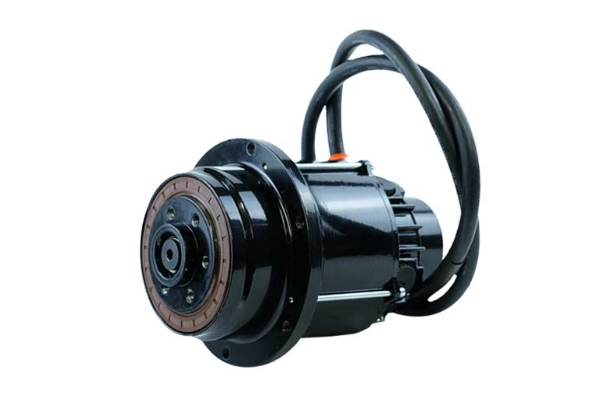
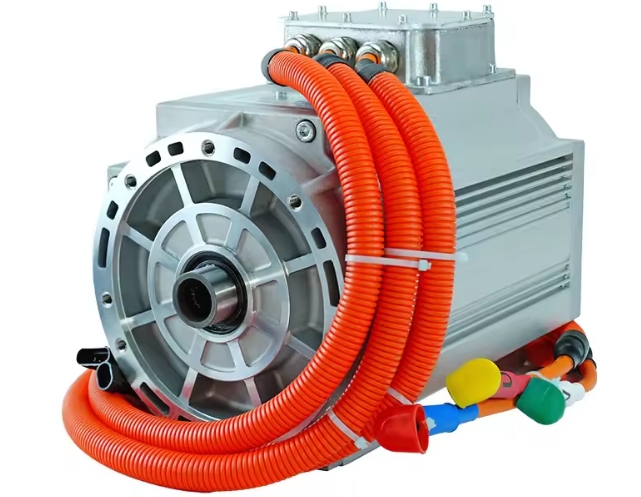
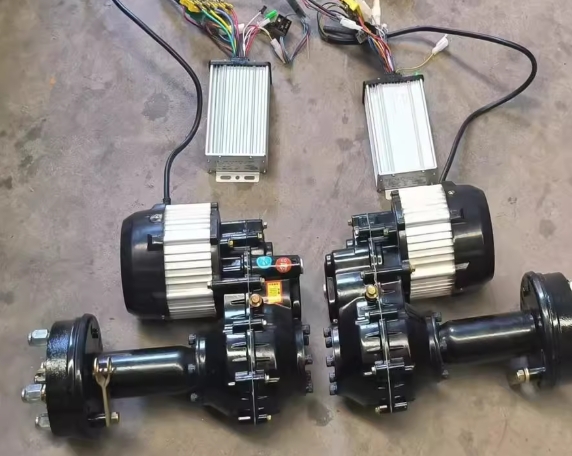
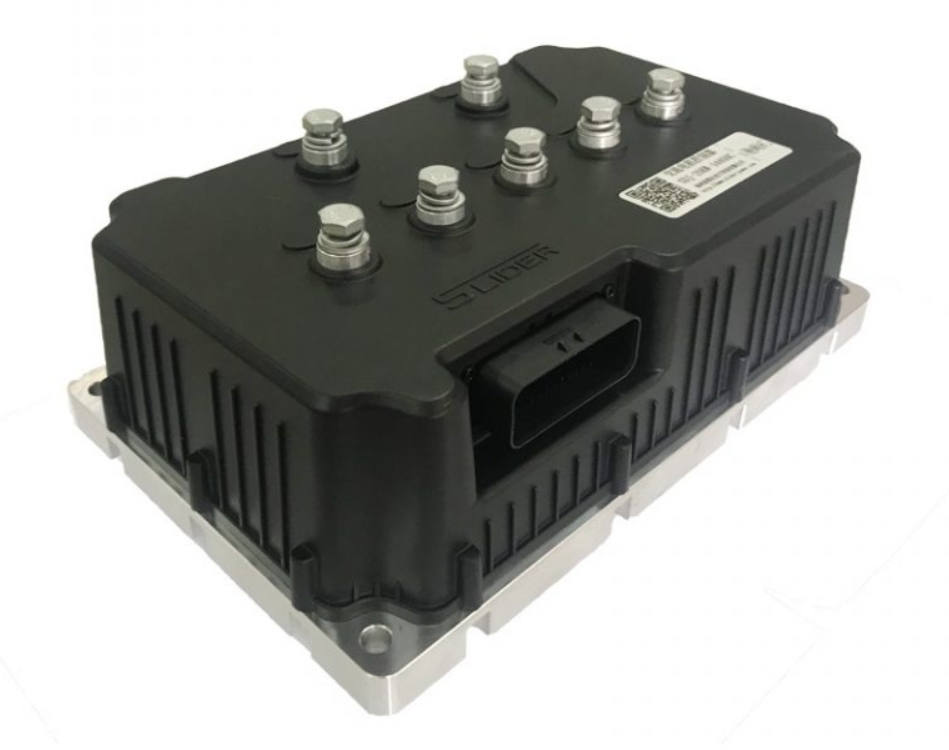

















 XINDA
XINDA